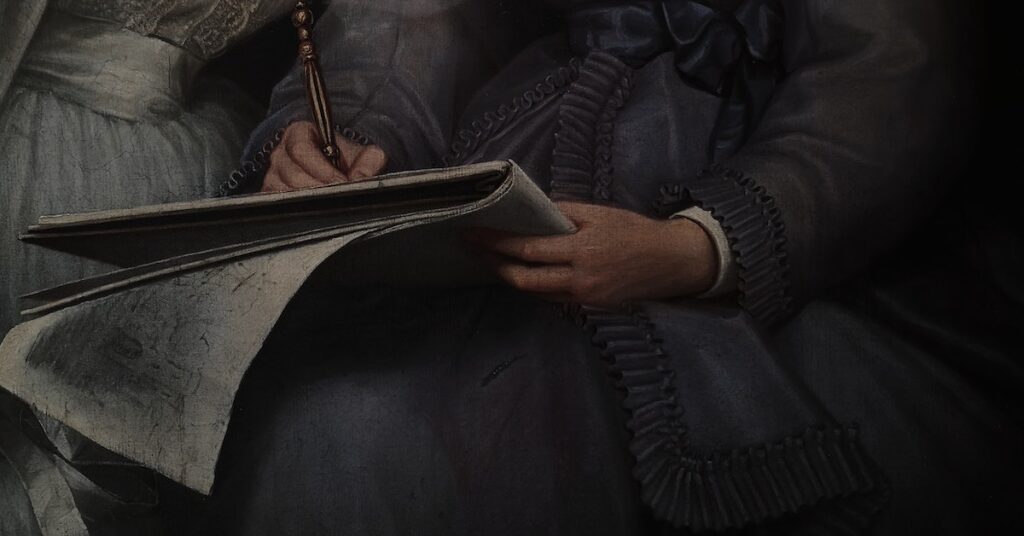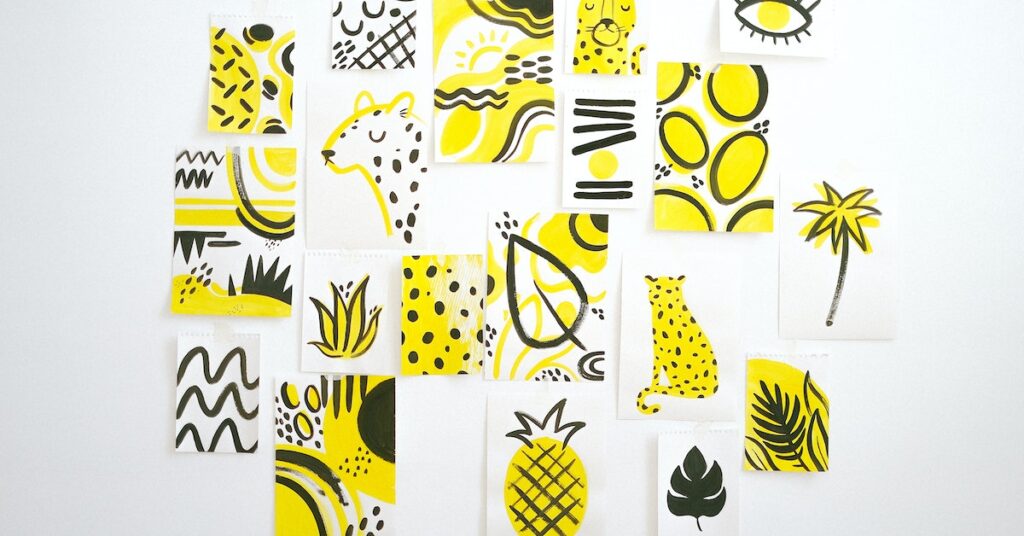Drawing is a fundamental skill for artists. It is a way of transmitting ideas. Drawing is a tangible, external product of your mind, so it requires discipline. However, learning how to draw something is actually quite simple. The key is to follow a few simple guidelines. These guidelines will help you improve your drawing skills.
Drawing is a fundamental skill for artists
Drawing is a fundamental skill for artists because it enables the artist to express his or her ideas and feelings through images. A drawing can represent any idea, emotion or thought. It is often the last message an artist conveys to the viewer, and a master artist has the ability to express their feelings and thoughts through the use of drawing.
As the primary visual language of our species, drawing is as important as writing. In a globalized world, images transcend language barriers and strengthen communication. Drawing skills are required by a wide range of creative industries, as well as in science, engineering, mathematics, medicine, sport, and other disciplines.
Drawing also requires an artist to understand and apply the fundamentals of perspective. Drawing with perspective can lead to a more realistic image, and it is essential to use proper proportions and measurements. Drawing with perspective can also allow the artist to create multiple plans. Creating objects that have different proportions will allow the artist to create a more interesting composition.
Understanding color is also important, and drawing in color can broaden one’s color palette. It is also important to understand the relationship between lines on a page. Different objects will have different colors depending on what kind of light falls on them. Shadows can also expand the color palette. In addition to using light and shadows effectively, understanding the relationship between the lines on a page will help the artist create a more dynamic composition.
Learning how to draw objects in three dimensions is also important. You must master the basics of line and composition. A strong line language will help you create a realistic image. By studying the basics of shapes and forms, you will be able to learn to draw anything. Whether it’s a portrait or a landscape, you’ll need to learn how to draw simple shapes and transform them into complex shapes and compositions.
It is a means of idea transmission
Drawing can serve as a tool for conceptual understanding, especially when students are guided to make their own diagrams. Researchers have noted that drawing activities increase students’ self-regulation and metacognitive functions. Students may have difficulty expressing ideas visually if they lack sufficient understanding or prior knowledge.
Drawing can also serve as an effective means of communication. For example, scientists often use drawings to communicate complex ideas and concepts. In order to support model-based reasoning, scientists often use drawings of the molecular level of biological cells. Moreover, drawing and modeling share a number of features.
Drawings function as a medium for discursive discourse, as they encourage students to elaborate their own ideas. Drawings orchestrate visual, gestural, and verbal modes of representation. In the context of science education, it is especially important to explore how drawing enhances the development of students’ collective ideas. Despite its benefits, few studies have investigated the interaction between drawing and group discourse, and the development of students’ collective ideas. Drawing-based interactions in science classrooms are not yet fully understood, and this paper builds upon current theories of multimodality and classroom discourse.
Drawing as a means of idea transmission is a powerful communication tool, which can be used for group projects and collaborative discourse. The mechanisms of collaborative discourse are complex and yet poorly understood. While collaborative discourse typically occurs through verbal communication, drawing is largely visual. It is also unclear how the interaction between these two modes of representation affect the communication of ideas between students.
It requires discipline
One of the best ways to learn how to draw something is to set up a schedule for drawing. Drawing is a mental and physical exercise, and it will be a lot easier if you set aside a specific time each day to work on your art. You can also bookend your drawing sessions. The majority of people find it easier to draw in the morning, and later in the evening, when they don’t have as many other things to do.
To learn how to draw something realistically, you have to have a goal. This goal will help you stay motivated and focused. It will also help you to learn how to draw different types of things. While you are working on your goal, you can also check out other artists’ works to gain inspiration and ideas.
Making regular drawings is a good habit that will help you form a positive mindset. Once you begin to feel confident, you’ll be more likely to continue drawing and improve your skill. Eventually, you can even aim for an art exhibition or open house. This can be a big motivating factor and make you more likely to stick to your schedule.
It takes time
Learning to draw somethings is an art, and it takes time to master it. Whether you want to become a professional artist or just create art for personal use, it takes time. It is estimated that it takes 10,000 hours of regular practice to master a skill. However, this number is somewhat subjective, and the actual time taken to learn a skill will vary. For example, someone who plays chess can master it in seven days, while another might need as much as sixteen hundred hours of daily practice to reach a mastery level.
While it is possible to learn to draw without a teacher, professional advice is recommended to speed up the process. If you can’t afford a professional instructor, you can follow YouTube videos and read how-to books. Taking art classes at a local community center is also a great way to learn to draw. Initially, you should try to draw something that interests you and inspires you.
Once you’ve picked a subject, it’s time to spend some time perfecting it. Learning to draw a flower is one thing, but learning to draw a tiger will require a different set of lessons. The same applies to other things. A successful artist may have spent years working on a certain subject.
The most important aspect of learning to draw something is observation. Practice by looking around you and drawing while you move. Keeping a positive attitude and a patient attitude will go a long way to achieving your goal.








